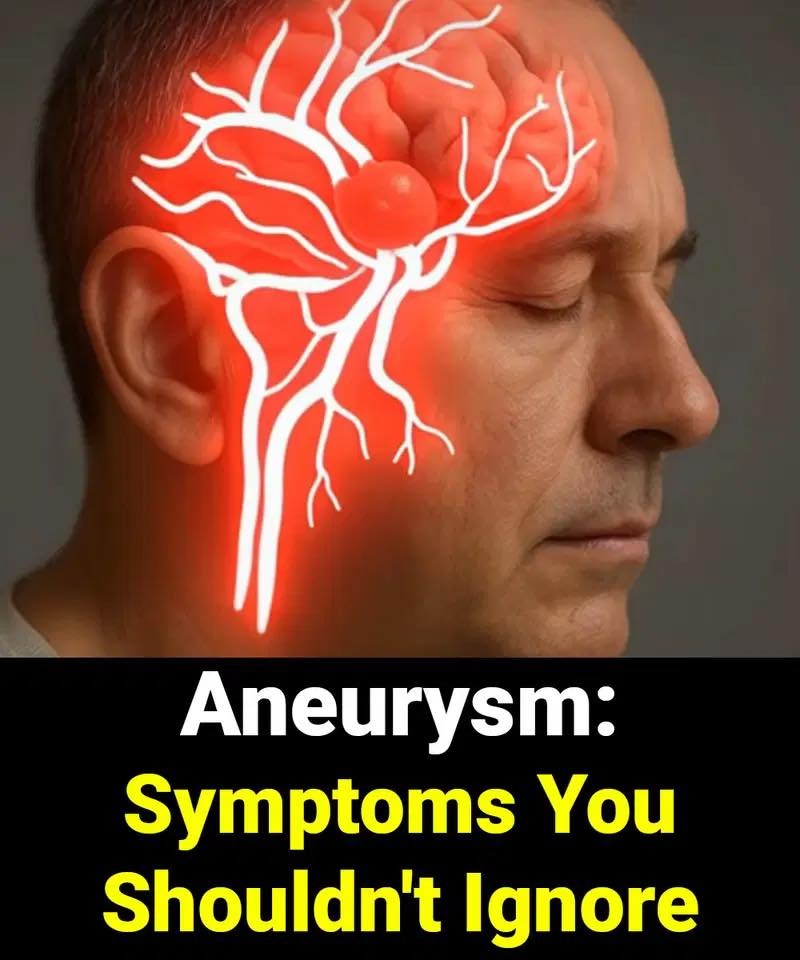
Just three hours after calling her Uber to Mount Sinai, Brothers was in surgery. Kellner performed an endovascular embolization, a minimally invasive procedure in which he threaded a catheter from an artery in her thigh up to her brain.
Through that small tube, he dropped a soft wire coil into the aneurysm, forming a clot that sealed off the leak and stopped the bleeding.
After that, recovery kicked off fast.

Julie Brothers
Two days post-op, Brothers was already sitting up and standing. With physical therapy, she trekked down hospital hallways, cheered on by nurses who high-fived her with every step.
“Even walking just a little bit would wear me out quite a bit,” Brothers said, adding that she was also struggling with light sensitivity, brain fog and trouble focusing.
Brothers expected to miss only a few days of work. Instead, she stayed in the hospital for three weeks — and it took three months before she was back on the job.
Four months after discharge on May 13, she completed the BAF’s annual 5K — with Kellner right by her side.
“He was floored to see me,” she said.

More than a year after the rupture, Brothers is living independently, traveling and back to work full-time. But the health scare changed her perspective.
“Life is for the living,” she said. “It’s not for the constant grind.”
